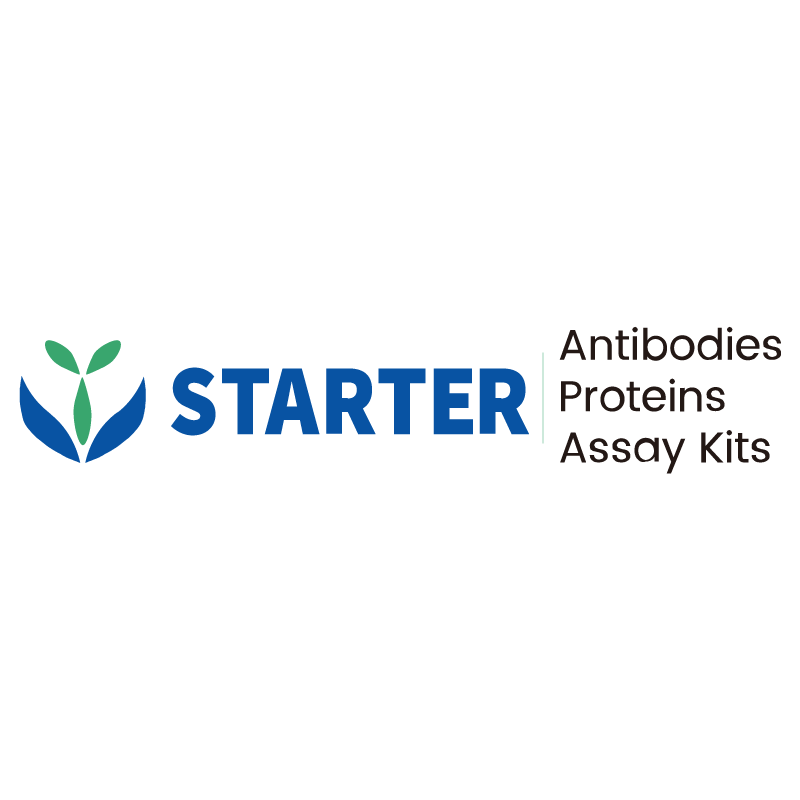Flow cytometric analysis of Mouse H-2Kb expression on C57BL/6 mouse splenocytes. Cells from the C57BL/6 mouse splenocytes (Right) or BALB/c mouse splenocytes (Left) were stained with either FITC Mouse IgG2a, κ Isotype Control (Black line histogram) or SDT FITC Mouse Anti-Mouse H-2Kb Antibody (Red line histogram) at 1.25μl/test, cells without incubation with primary antibody and secondary antibody (Blue line histogram) was used as unlabelled control. Flow cytometry and data analysis were performed using BD FACSymphony™ A1 and FlowJo™ software.
Product Details
Product Details
Product Specification
| Host | Mouse |
| Antigen | Mouse H-2Kb |
| Synonyms | H-2 class I histocompatibility antigen, K-B alpha chain; H-2K(B); H2-K1; H2-K |
| Location | Membrane |
| Accession | P01901 |
| Clone Number | S-R659 |
| Antibody Type | Mouse mAb |
| Isotype | IgG2a,k |
| Application | FCM |
| Reactivity | Ms |
| Positive Sample | C57BL/6 mouse splenocytes |
| Purification | Protein A |
| Concentration | 0.2 mg/ml |
| Conjugation | FITC |
| Physical Appearance | Liquid |
| Storage Buffer | PBS, 25% Glycerol, 1% BSA, 0.3% Proclin 300 |
| Stability & Storage | 12 months from date of receipt / reconstitution, 2 to 8 °C as supplied. |
Dilution
| application | dilution | species |
| FCM | 1.25μl per million cells in 100μl volume | Ms |
Background
H-2Kb protein is a major histocompatibility class I molecule expressed in mice, playing a crucial role in antigen presentation and immune response. It is involved in the processing and presentation of endogenous and exogenous peptide antigens via the MHC class I pathway, facilitating T cell-mediated cytotoxicity. H-2Kb is also implicated in the regulation of local cortical circuits in the brain, with its absence leading to excess connectivity that can function as a substrate for cortical plasticity. Additionally, H-2Kb has been studied in the context of viral infections, such as vesicular stomatitis virus, where it forms complexes with viral peptides and beta-2 microglobulin, providing insights into the structural basis of antigen recognition.
Picture
Picture
FC


